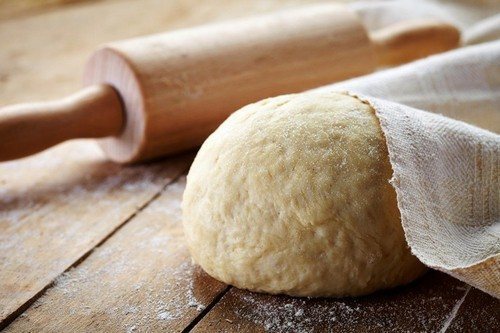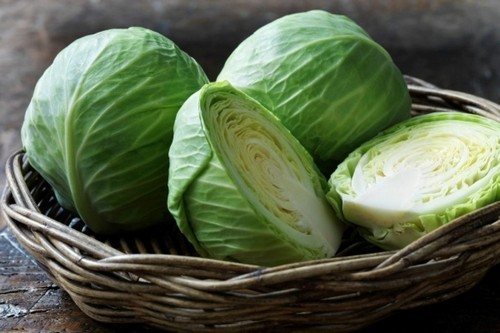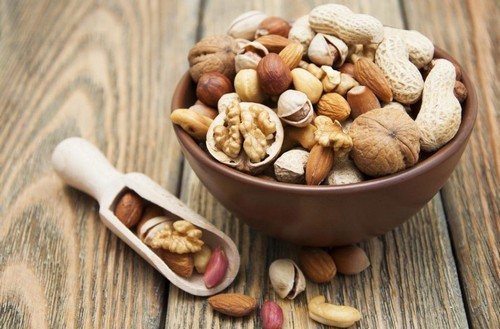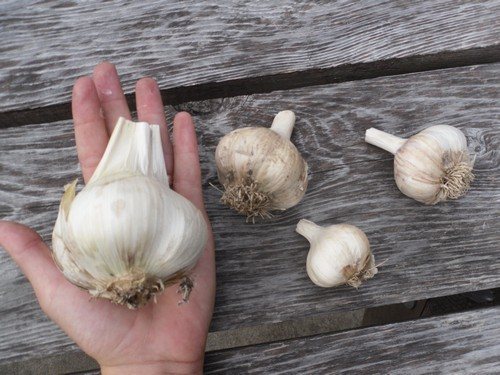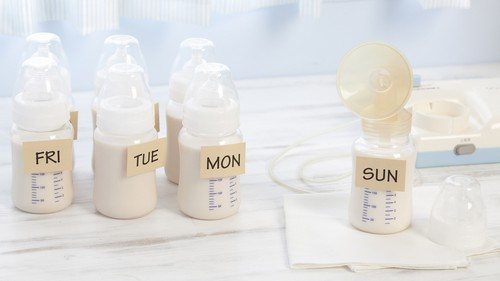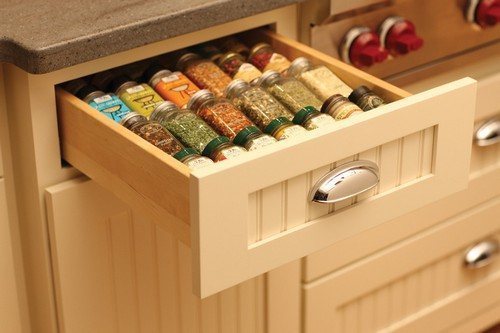Bee honey is a product widely known for its healing properties. It contains at least 300 biologically active compounds, including a variety of vitamins and microelements. In order not to lose this wealth, honey must be stored correctly, otherwise it will cease to be healing and become useless or even dangerous to health.
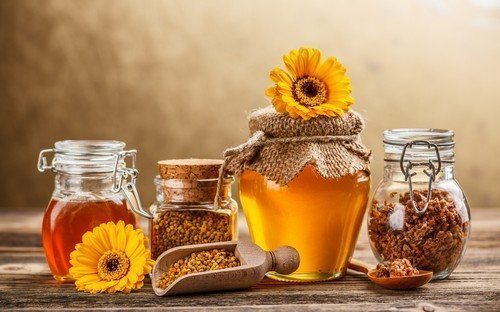
- General storage rules
- Temperature
- Humidity
- Light
- Additional terms
- Which honey is best stored?
- Floral
- Buckwheat
- From forbs
- Lime
- Honeycomb
- Frames with honey
- Cream honey
- Storage containers
- Clay
- Glass
- Plastic
- Wooden
- Metal
- Where to store honey at home
- In the apartment
- In a refrigerator
- On the shelf
- On the balcony
- In the cellar
- Possible problems
- Sugaring
- Delamination
- Darkening
- Color change
- The appearance of foam
- Common mistakes
General storage rules
Bactericidal properties are one of the most important properties of honey. Microbes are not able to reproduce in an environment saturated with chemical compounds and containing antibacterial substances. Therefore, it is very resistant to damage. Potentially, provided the original composition is preserved, the healing properties and taste of this product remain unchanged for an indefinitely long time. However, under the influence of air, light, temperature and moisture, many beneficial substances in its composition are gradually destroyed, and over time, honey can lose its nutritional value, even while maintaining the same taste.
To slow down such processes, it is necessary to follow basic storage rules.
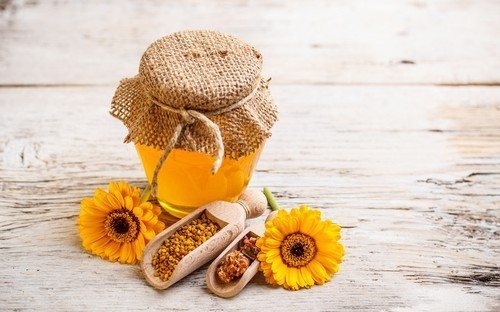
Temperature
In general, honey is more resistant to cold than to heat. It lasts the longest at temperatures from 0 to +10˚ C. In such conditions, if in addition the air humidity is not exceeded, honey does not change its properties for decades. At a temperature of +10-20˚, the enzyme compounds contained in it are destroyed several times faster, and the shelf life of this product is reduced to 2-3 years. And at a temperature of +20-25˚ it remains useful for no more than a year. If you heat honey to +30 degrees, the breakdown of vitamins in its composition begins; after +60˚ C – its bactericidal properties are lost; and if you raise the temperature to +80˚, in a few minutes it will completely lose its beneficial substances.
It tolerates freezing down to -20˚ well, almost without losing its value. However, at sub-zero temperatures it quickly crystallizes, decreases in volume and becomes very hard.
In addition, you should ensure that the temperature is even, without sudden and frequent changes.
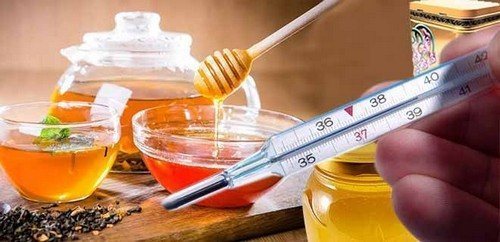
Humidity
Honey can absorb moisture and ferment. Therefore, it should be kept in closed containers and in a dry, ventilated area. It is desirable that the humidity level is not lower than 60% and not higher than 80%.
Light
The sun's rays are very dangerous for the preservation of honey. Under light exposure, the bactericidal enzyme and many other compounds are destroyed in it. This product should only be stored in a dark place.
Additional terms
Honey intensively absorbs odors and dust. You should not keep strong-smelling food, building materials, etc. near it.
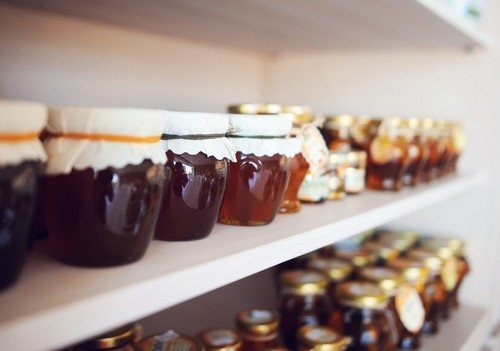
Which honey is best stored?
Since honey is processed by bees from the nectar of different plants, the final composition of this product is also not the same, it depends on the raw material. Accordingly, chemical changes in the composition during storage of different varieties have some peculiarities. However, it should be noted that the shelf life of honey as a whole does not depend on a particular variety. The reaction to temperature changes, humidity, etc. is almost the same for all types of this product. The differences do not concern the healing properties, but only secondary characteristics: color, taste, aroma and crystallization rate.
Flower
The earliest bee honey, collected from May plants. The color initially has from light yellow to pale green, transparent. Crystallization begins after 3-4 months, and is completed after 7-9. In this process, honey turns very white and becomes thick, granular. At first after collection, it is odorless. But gradually, over several months, it acquires a special herbaceous-floral aroma. Its taste also becomes more intense over time. Buckwheat

Initially, buckwheat honey has a color from bright red to dark brown. Over time, it continues to darken and can even become black. It retains a liquid consistency for no more than a month, and then crystallizes. Having finally crystallized, it becomes a solid, fairly homogeneous mass.
From mixed herbs
Mixed herbs honey comes in various shades: wheat, light brown or amber. Over time, it darkens a little. Crystallization lasts 3-4 months, until the honey acquires a mushy consistency consisting of many small granules.
Linden
Fresh linden honey is lighter than many other varieties, and over time it does not darken, but only hardens.Since honey is processed by bees from the nectar of different plants, the final composition of this product is also different and depends on the raw materials. Accordingly, chemical changes in composition during storage of different varieties have some peculiarities. However, it should be noted that the shelf life of honey in general does not depend on the specific variety. The reaction to changes in temperature, humidity, etc. is almost the same for all types of this product. The differences do not concern healing properties, but only secondary characteristics: color, taste, aroma and rate of crystallization.
Floral
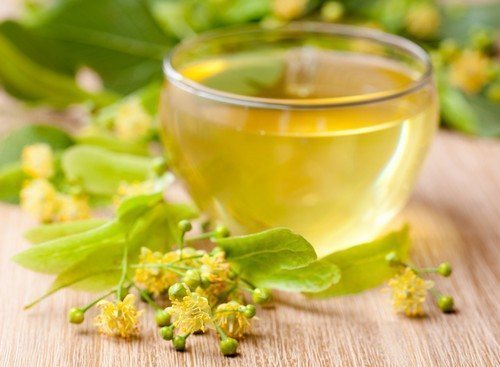
Buckwheat
Initially, buckwheat honey has a color ranging from bright red to dark brown. Over time, it continues to darken and may even turn black. It retains a liquid consistency for no more than a month, and then crystallizes. Once completely sugared, it becomes a solid, fairly homogeneous mass.
From forbs
Forb honey comes in a variety of shades: wheat, light brown or amber. It gets a little darker over time. Crystallization lasts 3-4 months until the honey acquires a mushy consistency consisting of many small granules.
Lime
Fresh linden honey is lighter than many other varieties, and does not darken over time, but only hardens.It candied quickly, sometimes within two weeks after pressing. After complete crystallization, it takes the form of a thick white paste.
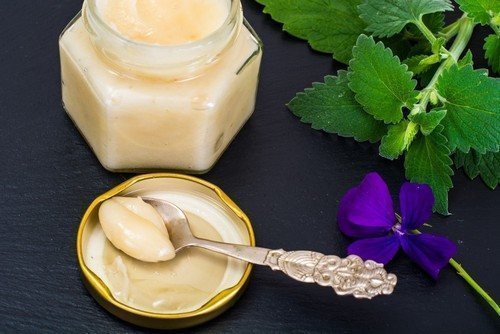
How to properly store different types of dough
Honeycomb
Honeycombs are an ideal natural storage facility for honey. In this form, it not only does not lose its beneficial properties, but also, thanks to contact with wax, beebread and propolis, acquires additional ones. Honey does not crystallize in honeycombs for at least a year. However, it must be carefully protected from moisture, odors and insects. It should be stored in strong, sealed containers. In general, the storage conditions for comb and pressed honey are the same. But cold is even more preferable for honeycombs, since at room temperatures they melt and are at risk of infestation with the wax bug.
Frames with honey
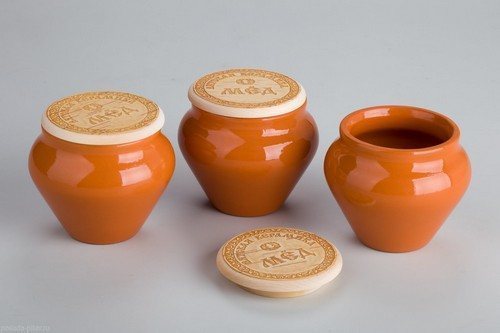
Professional beekeepers prefer to store honeycombs in special wooden frames. To protect them from humidity, temperature changes, insects and rodents, special rooms are built for them - closed, dark, with dry air and good ventilation. The frames themselves are kept under a canopy.
Cream honey
Storage containers
Honey has a very high chemical activity and can react with the substance of the containers where it is kept. Therefore, the container material must be chosen carefully, taking into account its properties. In addition, the container must be tightly closed.Several types of materials can be used to make containers.
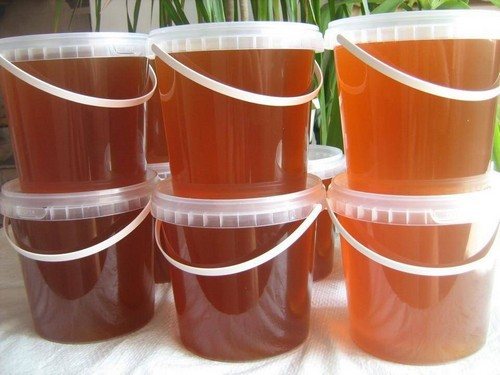
Clay
Clay pots were a very popular storage container in earlier centuries. Sometimes they are still used today. This material is lightproof, does not oxidize, has some thermoregulatory properties, does not interact with honey and, thanks to all these features, is ideal for storage. Clay containers must be ceramic; in their unfired form they are hygroscopic.
Glass
The glass jars widely used these days are waterproof and do not affect the composition of the honey. Dishes made of this material, especially dark ones, are best suited for storing it. The disadvantages include its fragility and low capacity. However, when using glass containers at home, these disadvantages are not significant.
Proper storage of onions in winter
Plastic
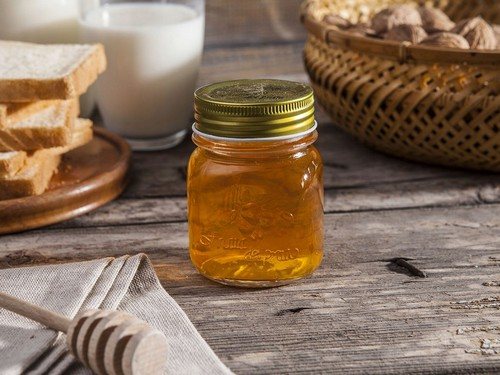
You can keep honey in containers made of special food-grade plastic for no more than 12 months, since this material reacts with it. Substances are gradually extracted from honey, and toxic compounds are added to its composition. Non-food plastic is not suitable for such purposes at all.
Wooden
Oak barrels spoil the color of honey, and coniferous wood greatly changes its smell. Other tree species are suitable for storage.
Metal
You can use containers made of food-grade aluminum, tinplate or stainless steel. But it is prohibited to use iron, copper and galvanized containers, since the honey in them becomes toxic.
Where to store honey at home
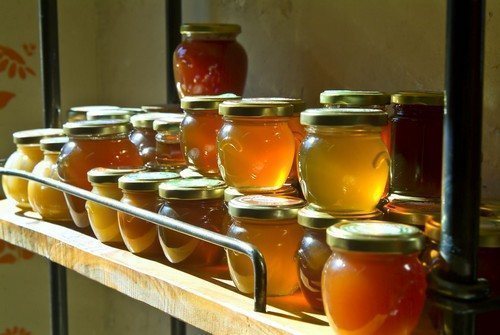
In the apartment
In a city apartment, honey can be stored for no more than 3 years. Suitable places for this: refrigerator, pantry or closet.
In a refrigerator
A refrigerator with dry freezing provides excellent conditions for preserving honey. If this is not available, you need to at least manually reduce the humidity level by regularly wiping the walls of the refrigerator. It is also necessary to ensure that the product is in an airtight container, otherwise it will absorb unnecessary odors and substances. It is better to place it in the least cold place - on the refrigerator door. However, if desired, honey can be placed in the freezer. In this case, it will lose some beneficial substances, but most of its healing power will remain intact.
On the shelf
At room temperature, honey will spoil faster, but it should last for a year. The storage location should be dark and dry, such as a pantry or closet. Most often, honey is left on the shelf in the cupboard, but this is a rather unfortunate option, because in the kitchen, where food is prepared, the temperature is always higher than in the rooms.
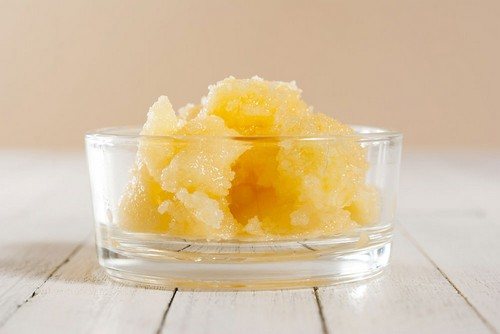
Storing different types of nuts
On the balcony
Sometimes honey is placed in a cabinet on the balcony. This place is the least successful, since even in glazed loggias the temperature changes are strong and the air humidity is uncontrollable.
In the cellar
In private homes, honey can be kept in the cellar. The advantages of such storage: absence of light and ideal temperature. Cons: too high humidity. However, this disadvantage can be corrected by placing honey in carefully sealed containers.If the above condition is met, it will retain its properties for many years.
Possible problems
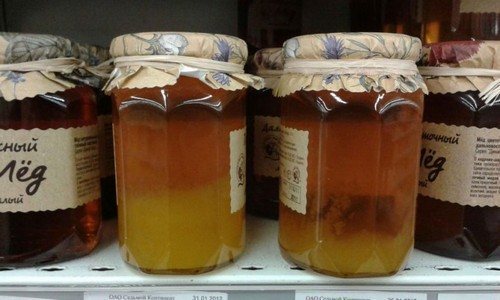
Various chemical processes constantly occur in the structure of honey. Therefore, over time, its appearance and other characteristics inevitably change. Some of the possible changes do not affect the nutritional value of the product, while others indicate its spoilage. The most common of these phenomena include:
Sugaring
If crystallization is still not desired, you can store honey in honeycombs or in the form of cream (see above). You can also melt it in a water bath or on a radiator (do not heat it above 40˚), but then it will lose some of its healing properties.
Delamination
You can often see how honey breaks up in a jar into two layers - solid and liquid. This happens if it is squeezed out of the honeycomb before it is ripe. This phenomenon does not affect the taste and medicinal value of honey. It still remains usable.
Darkening
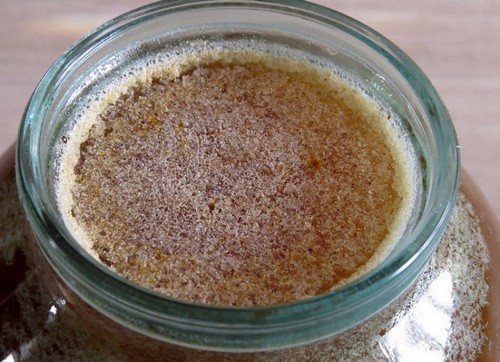
Many varieties of honey darken when stored, especially in warm rooms. This is a normal process that has almost no effect on the medicinal value of the product.
Features of storing cabbage of different varieties
- Color change
- Sometimes it happens that honey turns a distinct greenish tint. The reason for this is the special diet of bees. If the flowers available to the hive become low on nectar, these insects can also feed on the sweet secretions of the plants. This diet affects not only the color, but also the taste of honey, giving it a noticeable bitterness. This does not affect the health value of the product.
- Honey obtained from a number of plants does not darken over time, but changes color to white. The following varieties have this feature: linden, rapeseed, sweet clover, raspberry, acacia, alfalfa, cotton, fireweed, sainfoin, taiga.
- The appearance of foam
- White foam may appear on the surface of fresh honey if it has not been sufficiently filtered. In this case, there is no talk of any harm. If the appearance of foam is observed on honey that has been stored for a long time, this indicates its fermentation. This product is no longer suitable for food.
- Common mistakes
It is very important to avoid some common mistakes that can dramatically reduce the value of honey.


